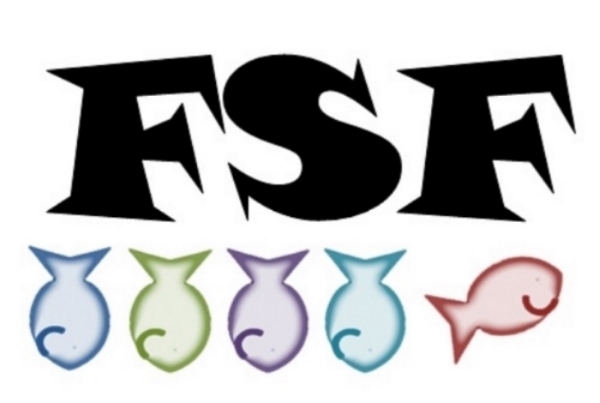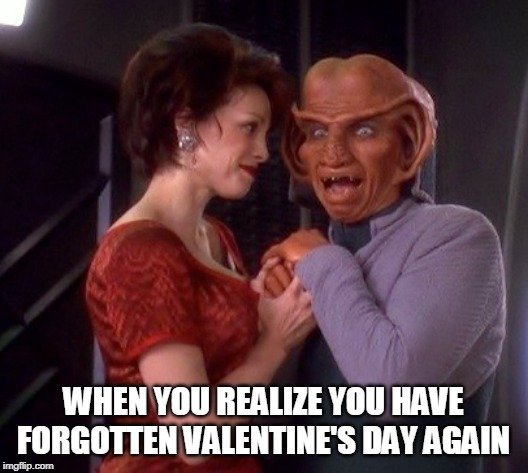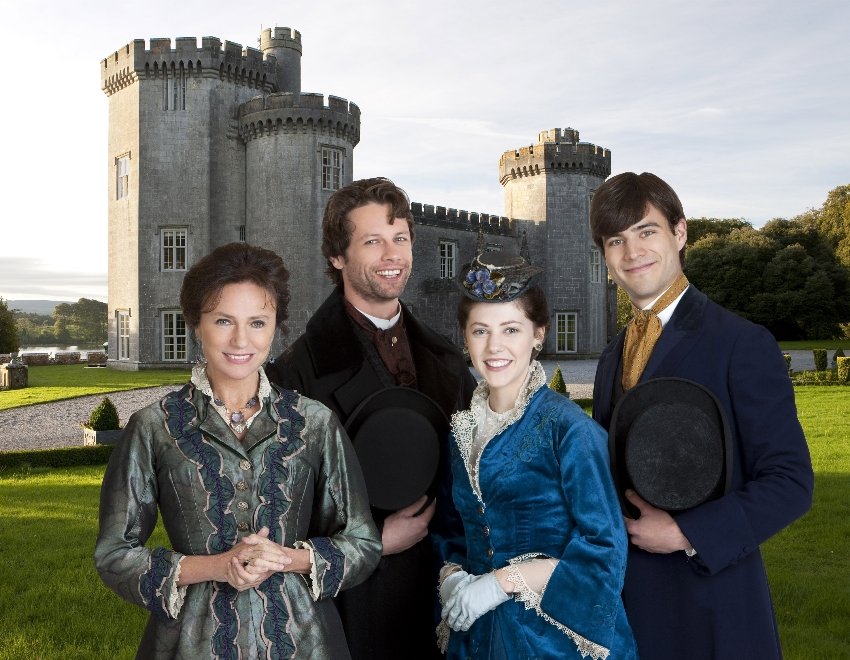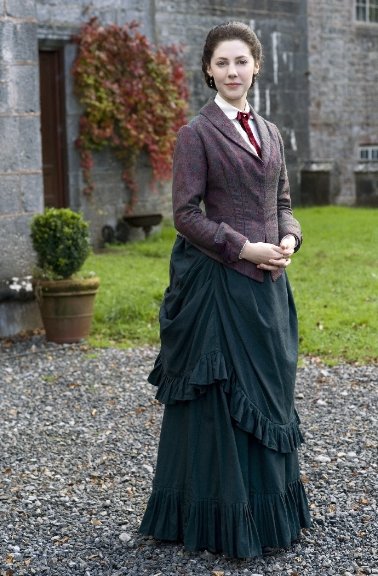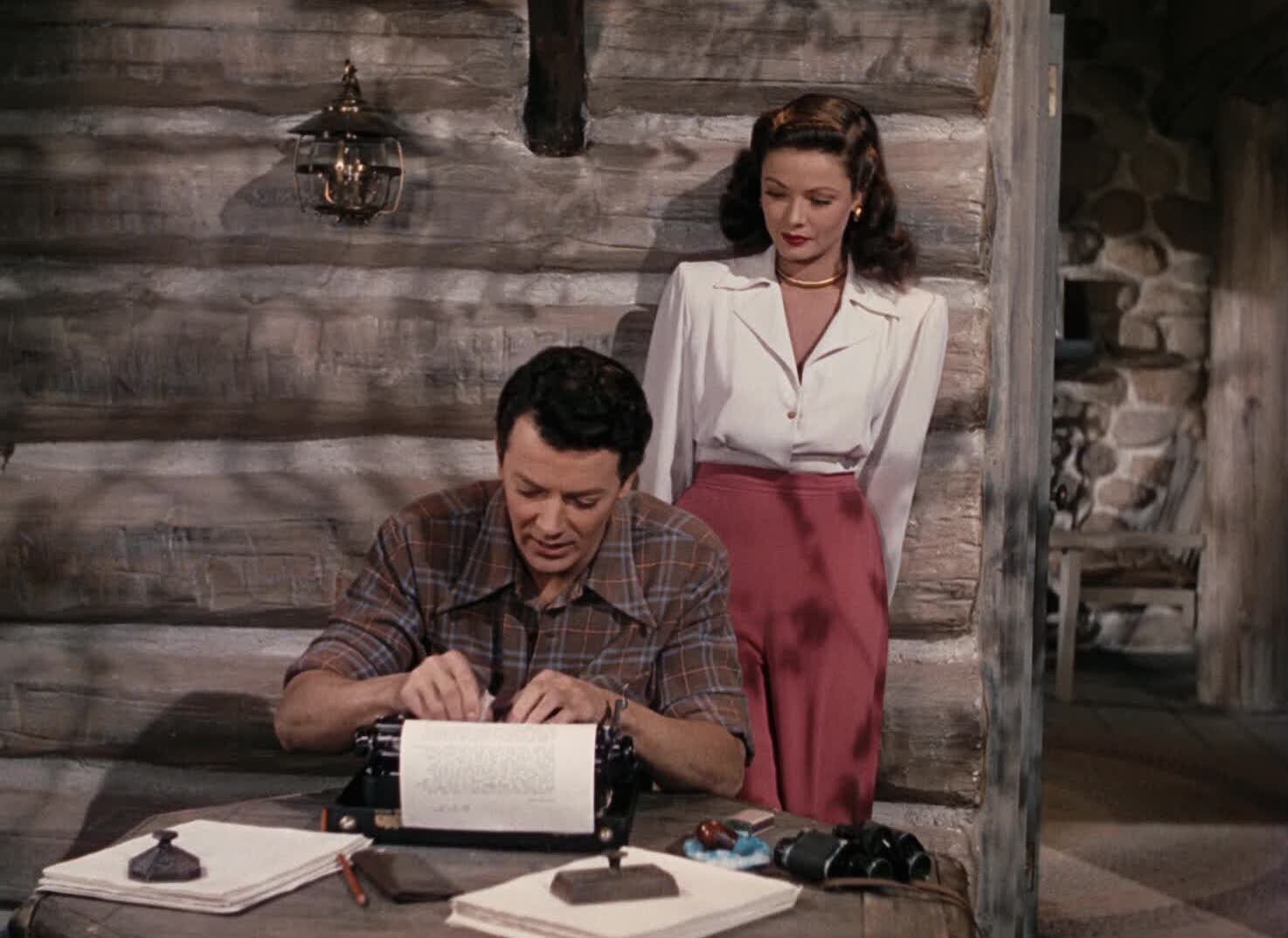Ellen breaks her engagement with Russell Quinton, a politically minded go-getter who admits he will always be in love with her even when she announces that she’s marrying Richard. Russell is played by Vincent Price, my favorite character actor! If you come to my house you can see my Vincent Price fancy bluray sets, Funko Pops, doll dressed as Dr. Craven from The Raven, and a photo of him choking Alfred Hitchcock. Despite his popularity in horror films, Price used to be a fantastic and debonair “other man” in movies, but my favorites of these are the three he me made with Gene Tierney - Dragonwyck, Laura, and this one. Marathon them, I tell you! Marathon them now! Okay, maybe finish reading this blog first.
After they are married, Richard wants his invalid teenage brother to come live with them and although Ellen has a fondness for Danny, she’s determined to keep the house just between her and Richard. She won’t even hire help for the house, stating that she wants to do it all herself, including helping “Dick” in his writing (mostly because helping him in his writing still puts attention on her). She even suggests that he give up writing and live off her allowance so they can be together all of the time. Dick laughs off the suggestion born of the lovey-dovey early phase of their relationship. They visit Danny and Dick’s family cabin “Back of the Moon” in Maine, bring in Ruth and Ellen’s mother as a surprise. Ellen hates the surprise, especially as Ruth shows more interest in Dick’s writing, and is only somewhat happy when her mother and Ruth leave again, and starts to resent Danny being there on what would be essentially her Honeymoon. Instead of telling Dick this as he’s trying to meet the deadline for his new novel, she quietly lets the feelings fester into a dark anger that leads to tragedy.
After Danny’s Death, Dick and Ellen move back in with Ellen’s mother and Ruth and Dick stops writing for a while due to depression. Only the announcement of a baby bring Dick out of his despair, leading to him and Ruth happily planning for the bundle while the pregnant Ellen scours and pouts, throwing tantrums when they turn her father’s lab into a playroom and growing jealous of the the time her sister gets to spend with Dick while she’s bedridden. Feeling Richard’s love for her slipping away, Ellen purposely loses the baby and going into a spiral of jealousy when she discovers that his latest book is dedicated to Ruth. By the way, the scene where she plans to “accidentally” miscarry proves why Dick was so attracted to her. She is a character out of a novel, all drama and pageantry. She dresses in her best nightgown and makes herself look gorgeous before throwing herself down the stairs. A part of me watches that scene and thinks, “Well she just ruined that nightgown. She’ll never get the blood out of that blue silk.” Maybe my priorities are out of whack, but it was a really pretty outfit.
I’m not going to give away the complete ending, but I will tell you there is a death, a trial, and Vincent Price. Understand that is a story of an author who thinks he marrying the muse he always wanted. Instead, her obsession and passion for him hinders his writing and ruins his life. She interrupts him, takes away all other happiness that is not her, and hates the long hours writing a book takes. Where as in Ruth, he finds a collaborator and friend, despite Ruth being the practical and quiet of the pair of adoptive sisters. Where he thought happiness came from living with an exciting mysterious woman like a character in his books,
Second spoiler alert: The author gets his happy ending, but that’s a part of it. He gets to be happy. He doesn’t HAVE to be a tortured writer to be good.
